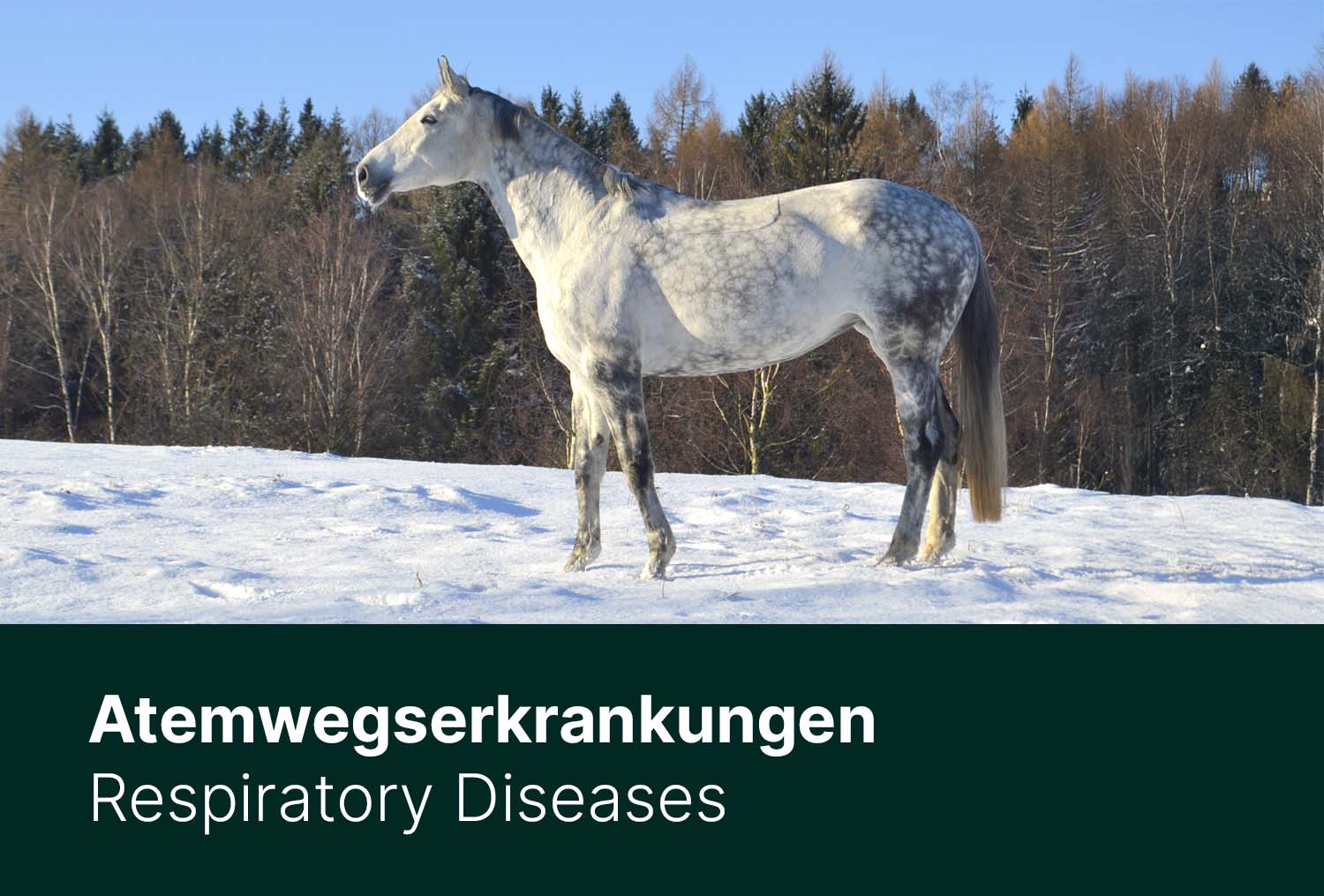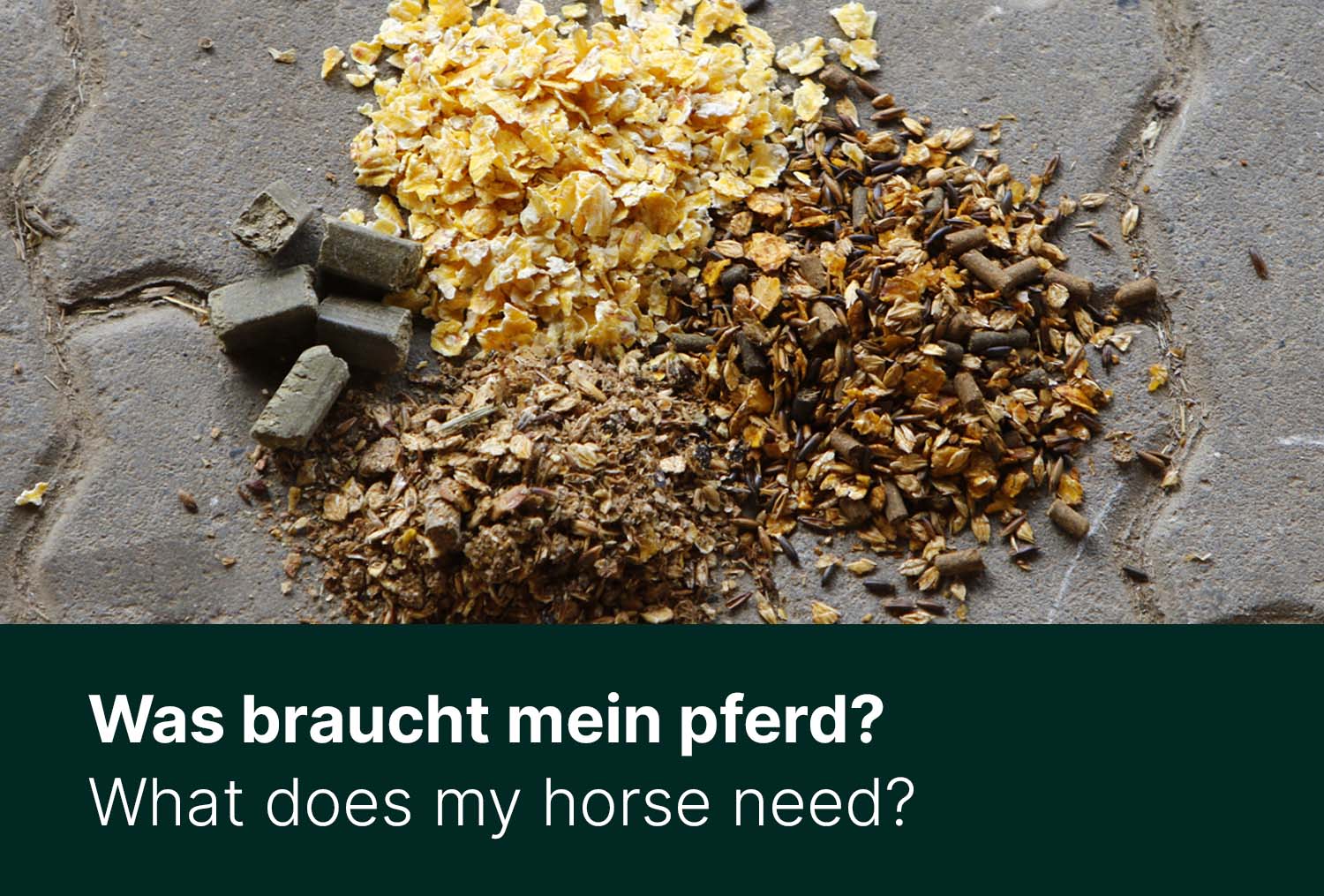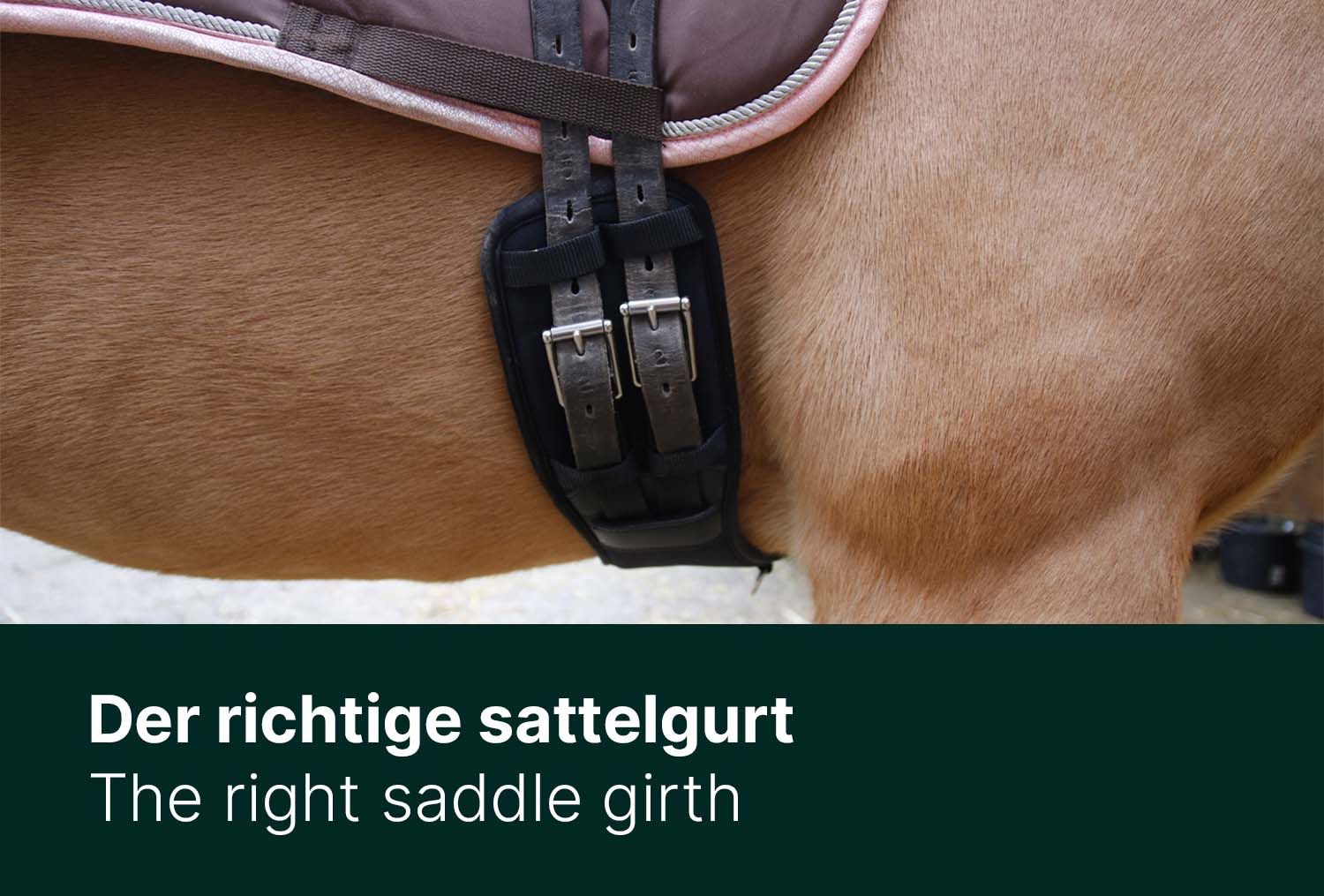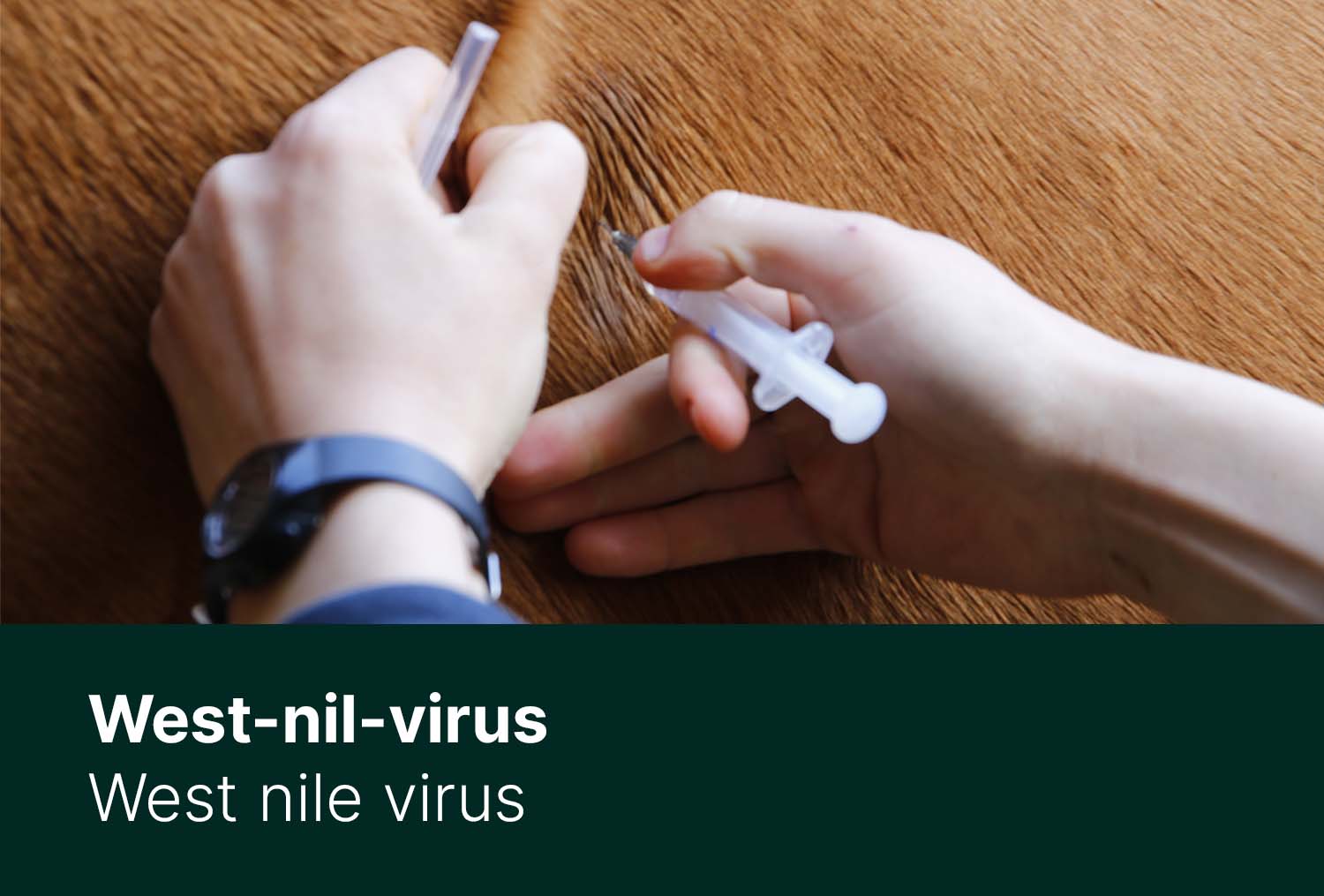Respiratory diseases are mostly homemade problems: Too much staying in the boxes, insufficient exercise, insufficient feed quality and a poor stall climate contribute to mostly chronic complaints.
Symptoms


The first typical indications of a respiratory illness are commonly cough, nasal discharge and an increased rate of respiration (usually 8 - 16 breaths per minute at rest), but in severe cases fever, decreased performance, difficulty swallowing and eating, breathing noises and bloody or purulent discharge can occur - However, such serious symptoms are usually an indication of worse airway diseases, such as glands, pneumonia or COB (chronic obstructive bronchitis, often also called equine asthma). The main triggers for illnesses of the respiratory tract can be identified as allergies, bacterial or viral infections as well as posture problems or the feed quality. In all cases, it should be diagnosed as quickly as possible, where the symptoms come from and what the underlying disease is.
The respiratory problems can be divided between the upper and lower airway. The diseases of the upper respiratory tract are usually acutely infectious, which means that they are typically induced by microorganisms like bacteria or viruses. However, there are also non-infectious diseases of the upper respiratory tract such as whistling in the larynx, which is typically caused by a half-sided paralysis of the muscles. The lower airway can also be weakened and attacked by infections, but allergies are more common the causes of lung and bronchial problems.
Good prophylaxis protects the horse
– Movement


With autumn and especially during winter the risk of respiratory illness increases. On one hand, all-day coupling is barely possible in the fewest of stables, then again; the immune system is already burdened by the change of fur. The days are getting more brief, and the daylight hours are rare - during winter most horse owners can only provide movement in the hall and even if it is not particularly dusty, this type of movement does not replace a ride or paddock walk in the fresh air, where the Horses can breathe properly. In addition, the stay in the boxes is significantly longer, because the early darkness typically leaves no alternative.
– Feeding



Many horse owners use special herbs that can possess a beneficial effect on maintaining the respiratory tract. Assuming the airway of your four-legged friend is weakened or if you want to do something prophylactically before an illness. Herbs do not replace veterinary medication for a critical illness, but in mild cases they can alleviate the symptoms, accelerate the curing process and moreover possess a satisfactory prophylactic effect.
Herbs that have proven extremely useful in medicine are, above all, Icelandic moss, ribwort, marshmallow, licorice, sage and mallow, black cumin and rose hips, have a beneficial impact on the immune system and can be fed to strengthen it. Herbs, which contain a high 'mucus' content and which possess an expectorant effect and relieve coughs through the essential oils, help against dry, irritating cough. It is also remarkably effective if the appropriate herbs are infused with boiling water to form a herbal brew or mixed into the mash. These natural expectorants help that the mucus liquefies and can thus be better removed from the airways.
– Litter



Especially when eating hay and straw, horses take in many allergy-causing substances. Horses with respiratory diseases can be switched to chips, but it is unpossible to do without hay, unfortunately the hay contains the majority of fungal spores, bacteria and other microorganisms. For this reason, many horse owners use a hay steamer to prepare the hay sufficiently. The hay is steamed with water vapor at a temperature of up to 110 degrees over a period of time, causing most bacteria, fungal spores and microorganisms to lose their allergenic effects. In addition, the hay continues to retain its nutritional value. A hay steamer is only suitable for good quality hay, however, bad or spoiled feed cannot be sufficiently processed.
Better take good care:
- Ensure a good house climate and allow sufficient air circulation
- Pay attention to sufficient box hygiene
- When starting to cough, switch to chips if necessary
- Allow sufficient exercise in the fresh air
- Pay attention to good feed quality
– Take a deep breath thanks to the inhaler and brine chamber
During inhalation therapy, certain medications and other solutes are usually atomized with the help of an inhaler and therefore enter the airways through the horse's instinctive breathing. Depending on the degree of atomization, the dissolved particles can even penetrate into the alveoli and develop their effect there. Depending on the type of therapy and medication, the inhalers are suitable for moistening the respiratory system, loosening the mucus in the bronchial tubes, relieving the bronchial muscles and as anti-inflammatory agents for the entire airways.
Depending on the application and need, there are vastly different inhalers: Steam inhalers are primarily used for deep inhalation. Various substances, such as medication or oils, are placed in hot water and get into the horse's respiratory tract via water vapor - however, they reach up to the larynx area and are therefore not really effective in lung- or bronchial diseases. To be able to atomize the particles so finely that they reach into the lungs or bronchi, a high-performance nebulizer that uses ultrasound is required. The mist, medication and other substances reach the depths of the respiratory tract via a direct head mask.
If a respiratory disease is already significantly advanced and therapy attempts are unsuccessful in the long term, many horse owners play with the idea of moving their four-legged friend to a stable near the sea. The climate and the air quality have a incredibly beneficial effect on the respiratory tract, but in reverse this typically means the separation from his beloved animal. There are numerous stables offering complete care and specialize in horse asthmatics, but the way is still too far for weekly visits. Alternatively, there are already devices and providers for marine climate in their own stable. Either the house air can be enriched with brine, or a “brine chamber” can be set up for acute patients. In most cases, horse trailers are converted so that the horse inhales appropriate medication and brine through a nebulizer during the time in the trailer. Compared to conventional inhalation devices, not so much medication is lost and the horse can relax in the trailer over a more extensive period of time and breathe deeply.







Mash - warm, tasty and healthy
Mallenders and Thrush – Often a winter problem